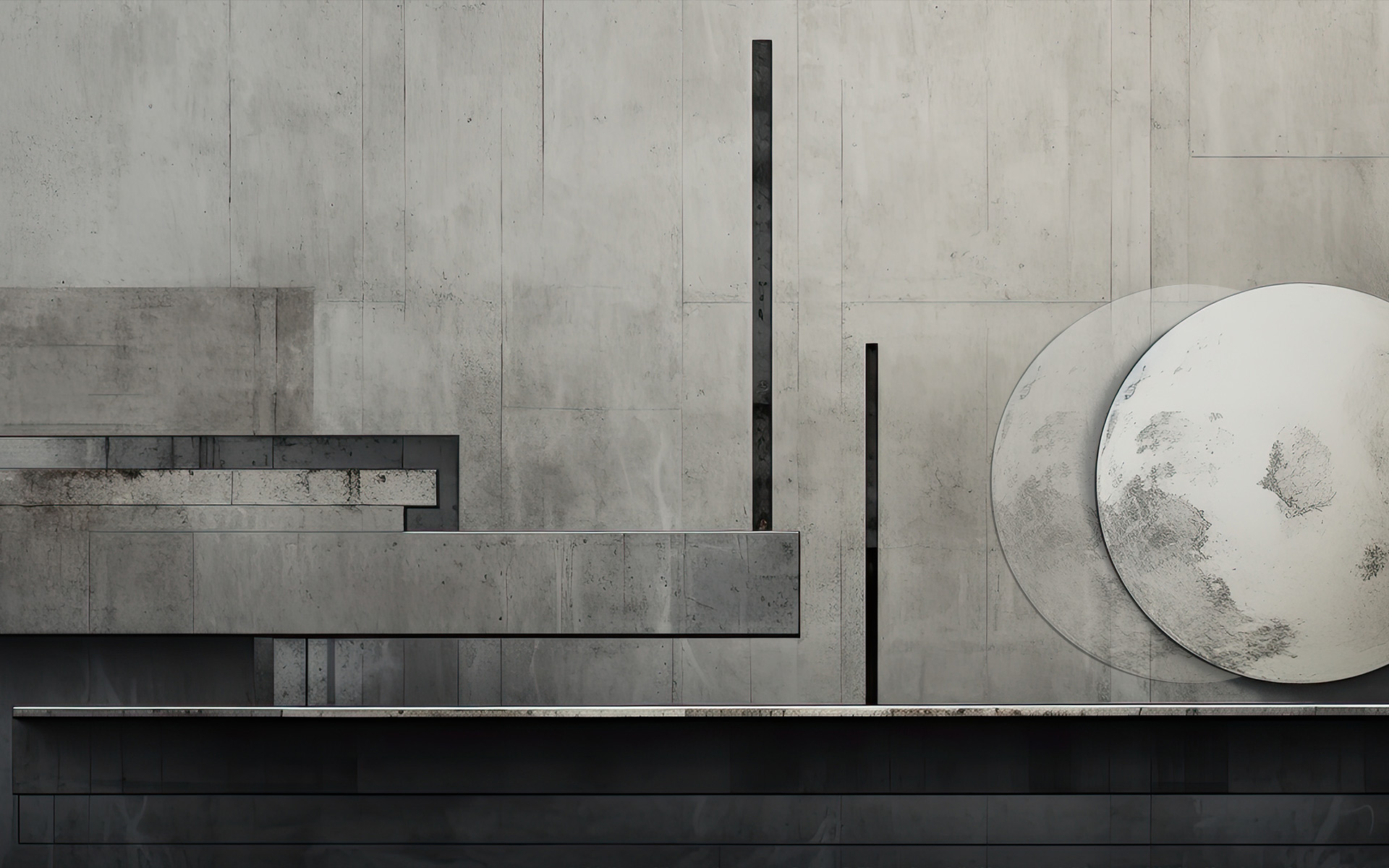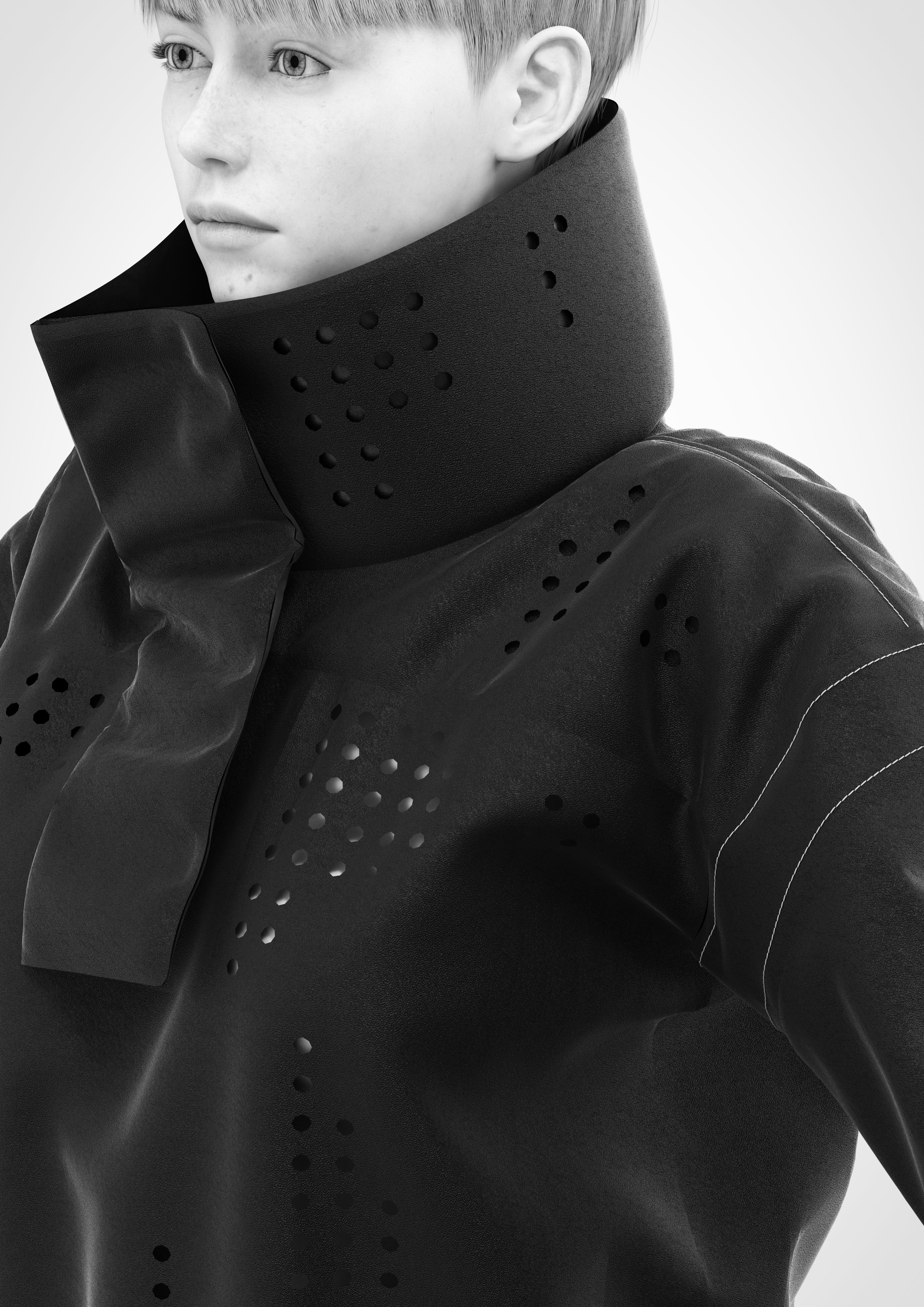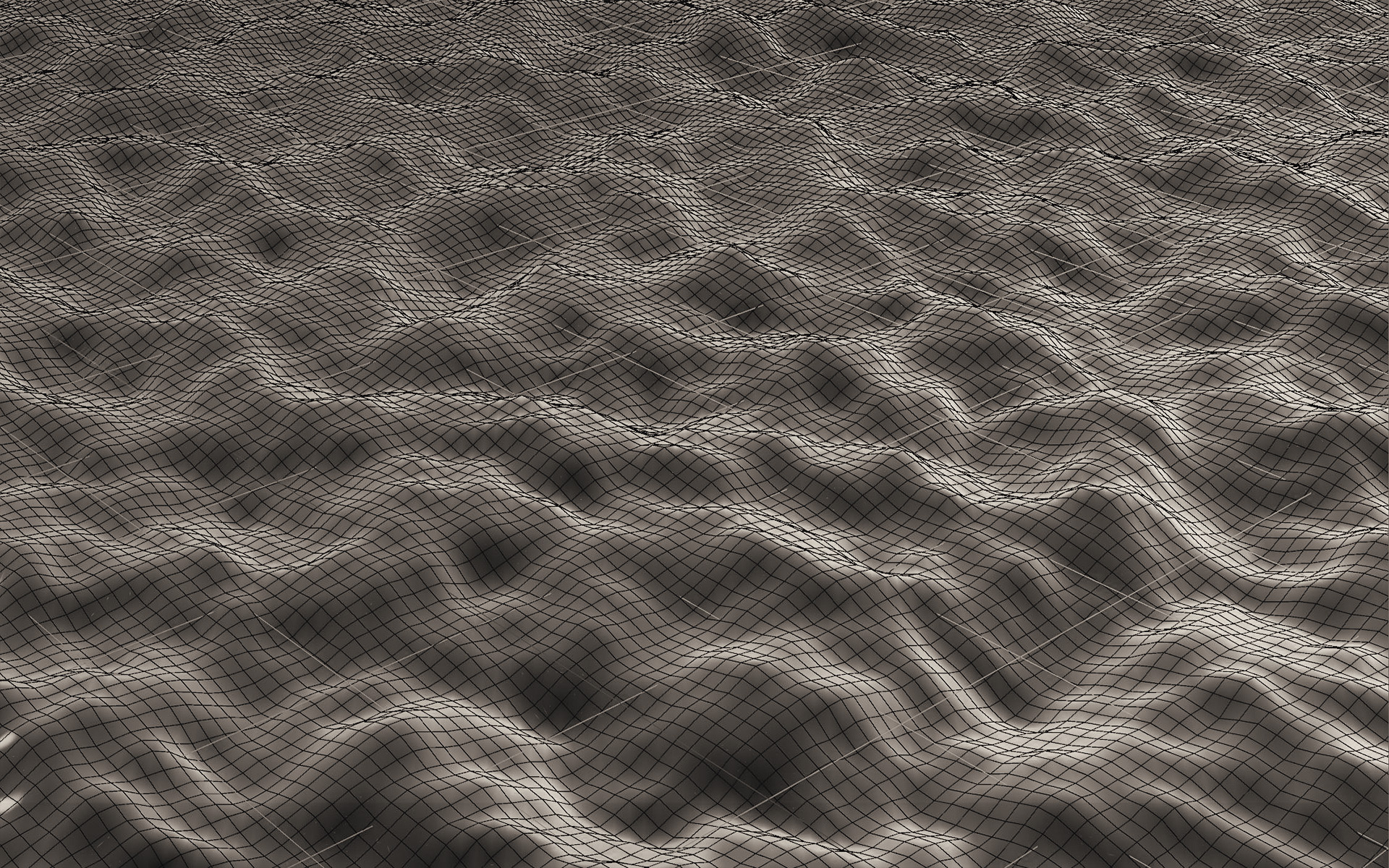Material Series: Transparent Concrete


Inspired by Filiz Klassen’s “Material Innovations: Transparent, Lightweight, Malleable & Responsive”
Introduction
In her paper “Material Innovations: Transparent, Lightweight, Malleable & Responsive,” associate professor Filiz Klassen (Ryerson University) highlights how new materials can reshape our design thinking. She argues that architects and designers need to push beyond catalogs and explore materials as creative partners—experimenting with transparency, lightness, flexibility, and responsiveness. These four ideas inspired us to create a new Material Series, where we explore intriguing materials that change how we imagine spaces.
This article focuses on one of the most surprising concepts: Transparent Concrete.
What Makes Transparent Concrete Special
Concrete has always symbolized solidity and permanence—heavy, opaque, and immovable. The phrase “transparent concrete” sounds like a contradiction, but that’s exactly what makes it fascinating. It’s a material that seems to bring two worlds together: the mass of stone and the glow of light.
Transparent concrete usually works by embedding optical fibers or special light‑conducting elements into thin concrete panels. Instead of being see‑through like glass, it allows light and shadows to pass through, creating silhouettes and glowing surfaces. Imagine a wall that’s strong and solid during the day, but when the sun moves or interior lights switch on, it reveals shapes, patterns, and even moving figures.
Why It Matters for Design
Transparent concrete offers something rare: mystery and interaction. It’s not just structural; it’s a storytelling medium. A simple staircase wall can become alive with shadows, or a façade can glow softly at night. It balances privacy and openness, offering a tactile, stone‑like presence while hinting at activity behind it.
For designers, this material opens a new palette: spaces can shift character with time of day, weather, or lighting. It’s perfect for areas where we want intrigue without full exposure—museums, lobbies, galleries, or even outdoor installations.
Looking Ahead
Though still more niche than mainstream, transparent concrete embodies a bigger trend—materials that do more. It invites us to think of walls not as barriers but as responsive surfaces. As Klassen suggests, the future of design lies in materials that are not static, but curious and alive.
At our studio, we’re excited to keep exploring these hybrids. Transparent concrete is just the start of our Material Series, where we’ll continue investigating bold and unusual materials that make design richer, lighter, and more surprising.
Curious to see a glowing concrete wall in your project? Let’s imagine it together.







